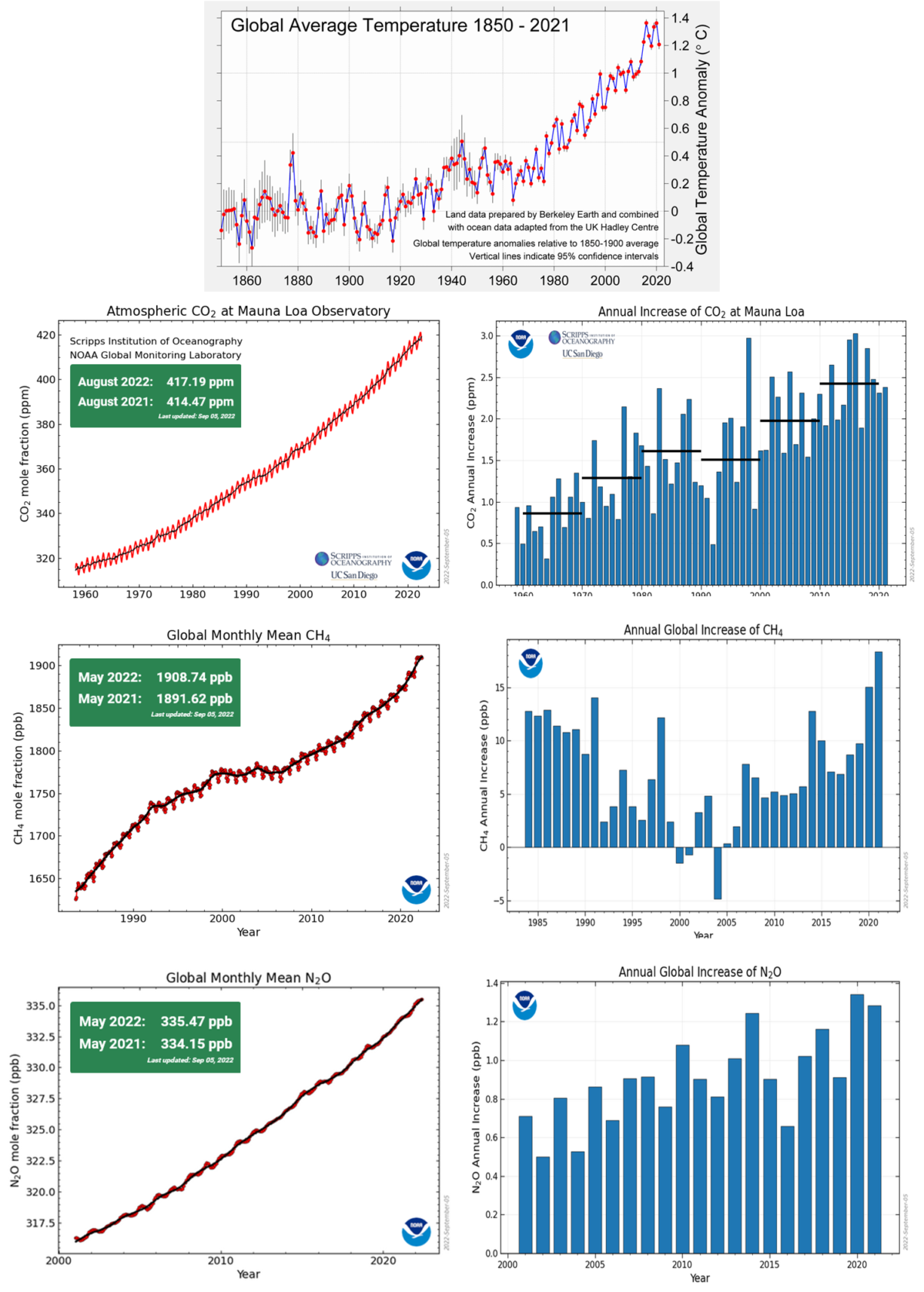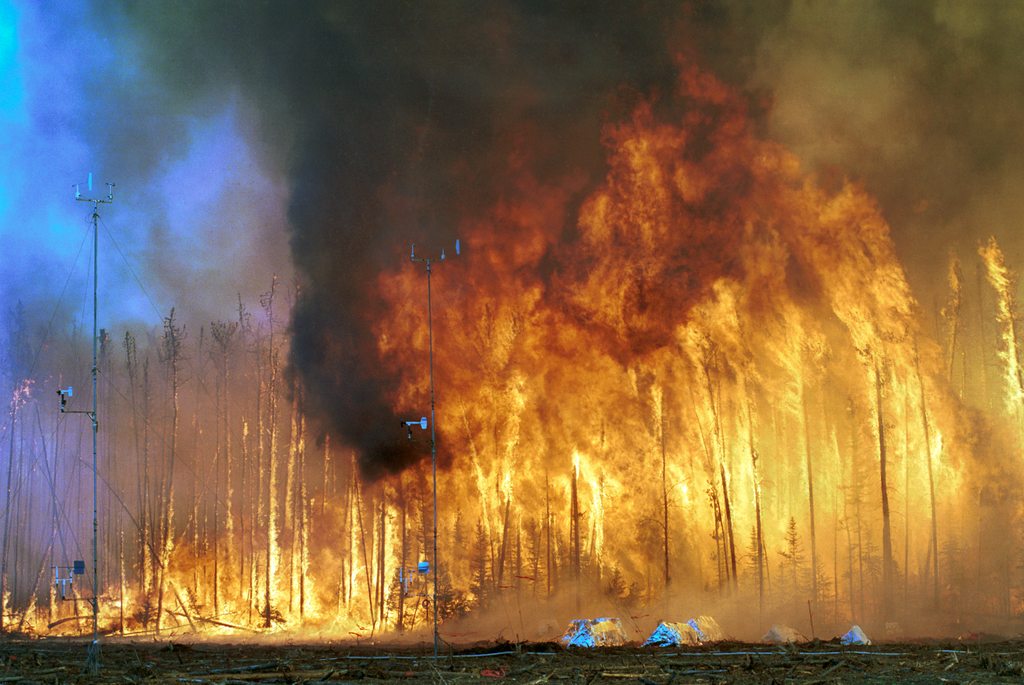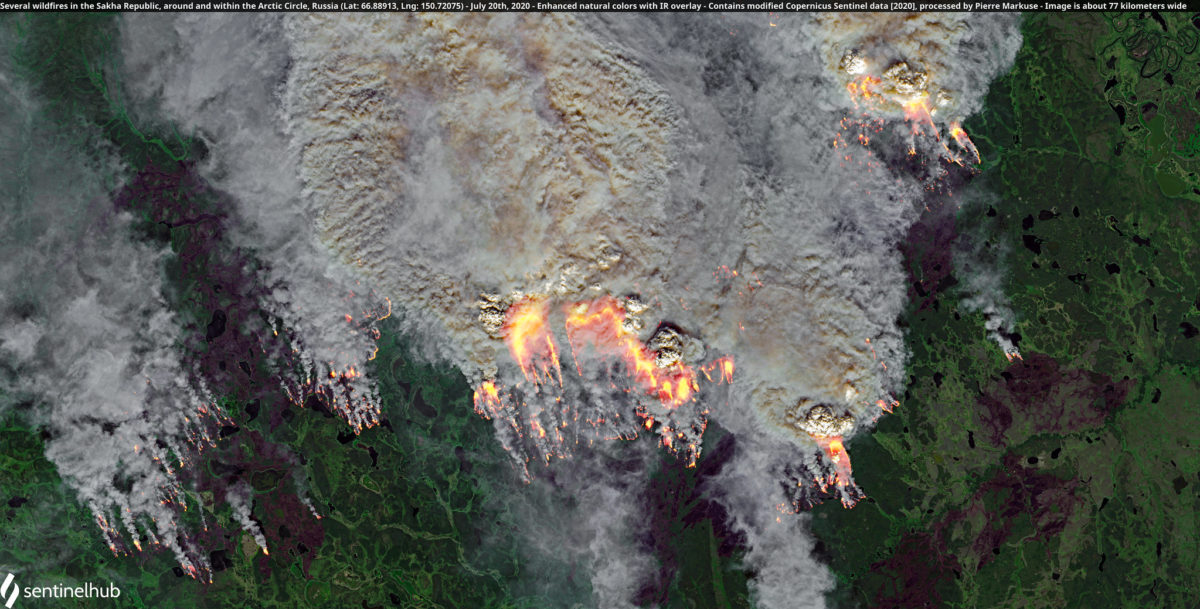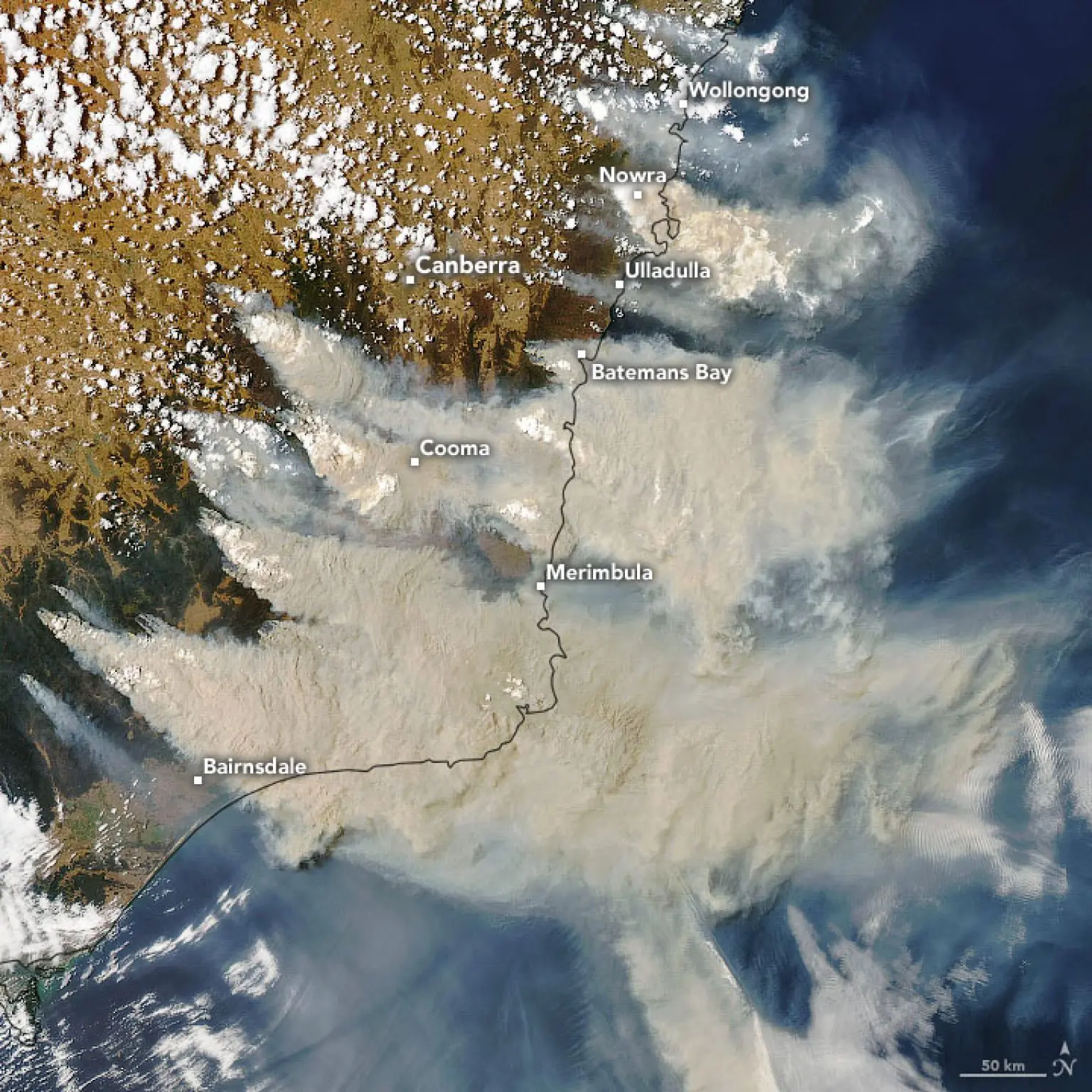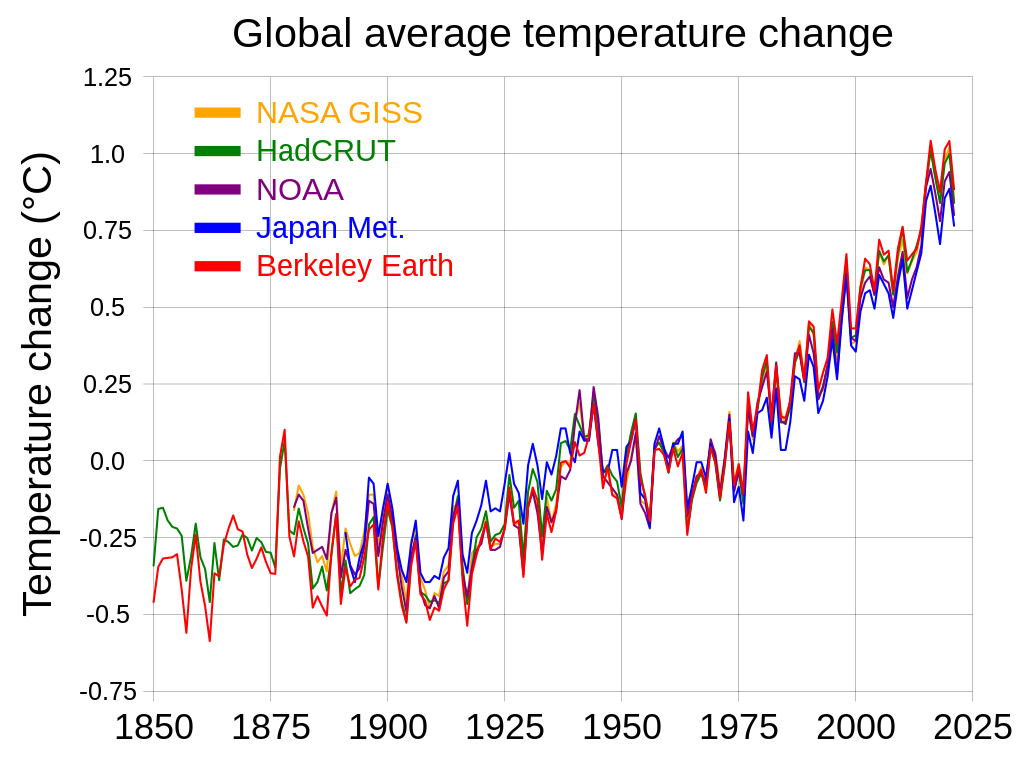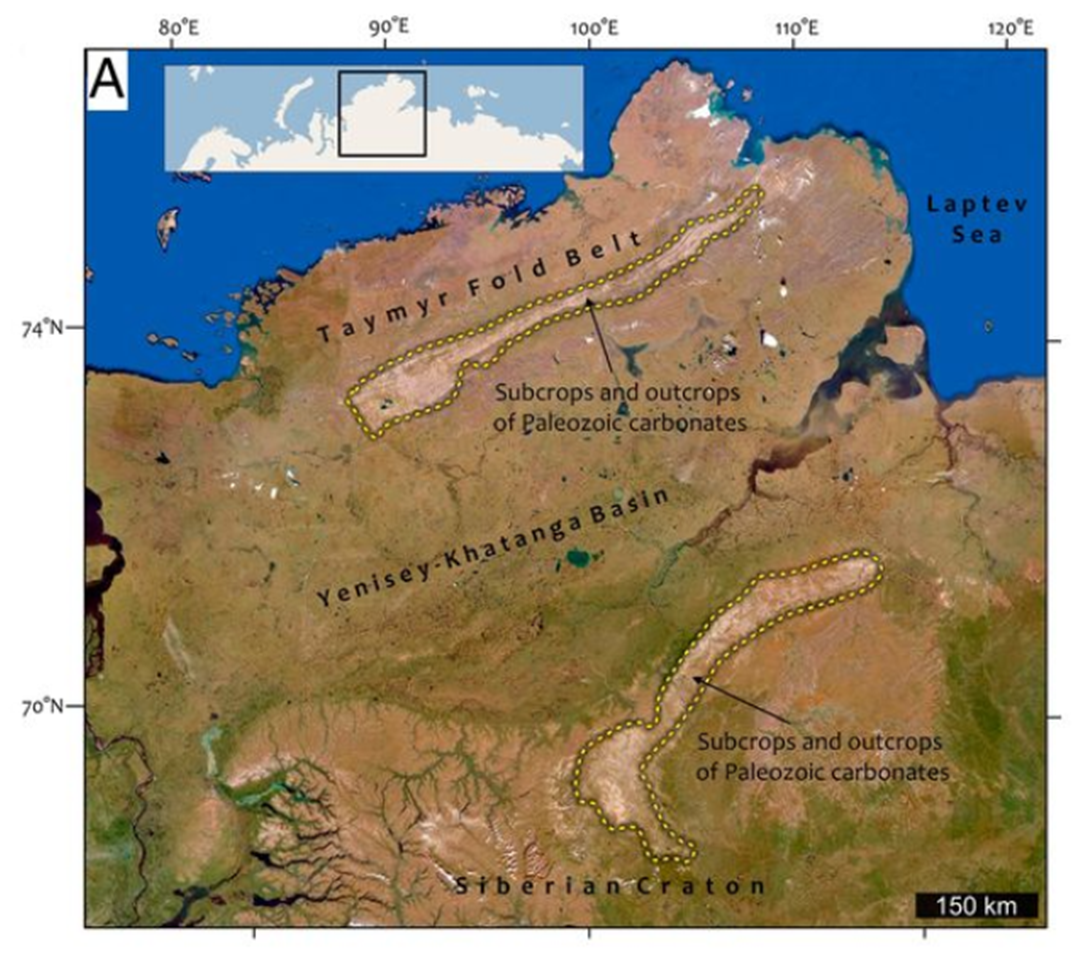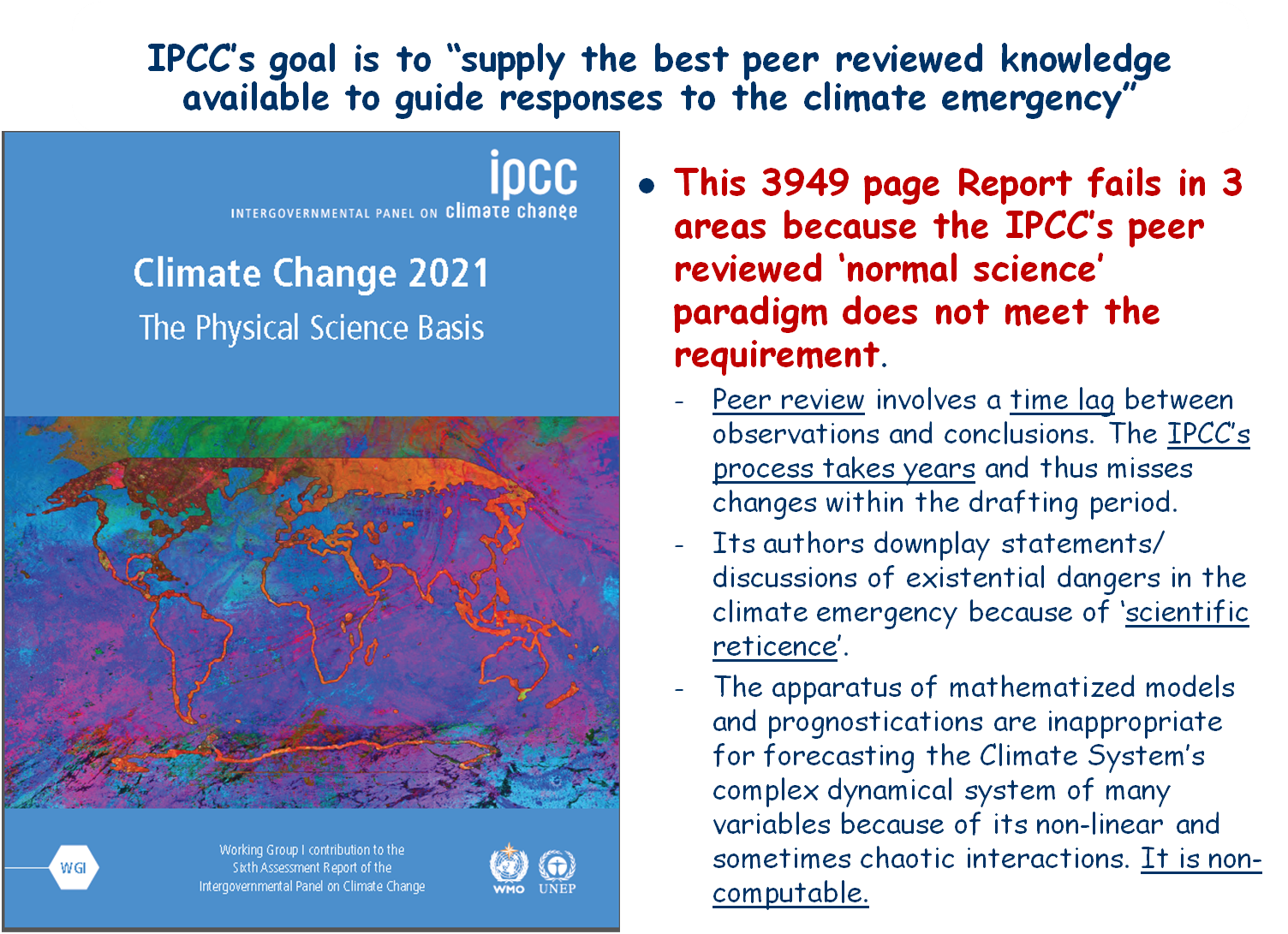Victorian Election Reminder – Vote Climate One
The UN’s World Meteorological Organization warns us that we have done nothing to slow the global warming caused by our carbon emissions.

Geneva, 13 September 2022 (WMO) – Climate science is clear: we are heading in the wrong direction, according to a new multi-agency report coordinated by the World Meteorological Organization (WMO), which highlights the huge gap between aspirations and reality. Without much more ambitious action, the physical and socioeconomic impacts of climate change will be increasingly devastating, it warns.
The report, United in Science, shows that greenhouse gas concentrations continue to rise to record highs. Fossil fuel emission rates are now above pre-pandemic levels after a temporary drop due to lockdowns. The ambition of emissions reduction pledges for 2030 needs to be seven times higher to be in line with the 1.5 °C goal of the Paris Agreement….
Read the complete article….
If you are concerned about this visibly escalating climate emergency, but think there is nothing you can do about it, think again!
Major political parties primarily represent the vested interests who fund their candidates and election campaigns and work hard to protect their patrons. Many of these include rich fossil fuel and related industries (many based overseas) who would be harmed by climate action. As single individuals, we have been powerless to change the world against the political might of the ‘patrons’ and their government puppets…. But where your local communities and governments can coordinate together with a common goal to elect governments responsive to their citizens, we CAN change the world.
This has been demonstrated by the amazing exponential growth in the number of ‘community independent’ MPs working in our Federal Parliament since 2013: 1 house seat in 2013, 2 seats in 2016, 3 in 2019, and 10 + David Pocock in the Senate, following on from this year’s federal election that decimated the Liberal Party, giving a House majority to the Labor Party (a “Teal Tsunami).
However, even with Greens support, Labor is still one short of a majority in the Senate. This gives Pocock, a community independent, the deciding vote. As an immigrant rugby player from New Zealand, arguably he has become the most important senator in the Australian Parliament where climate action and integrity are concerned — selected, supported and endorsed by the Climate Change the local ACT community independently from the discipline of any political party.
Let David tell you in his own words:
As demonstrated, Labor’s climate climate change bill passed last week (8 Sept) with David Pocock’s ‘teal’ vote.
If you and your local community are unhappy with the way your sitting state or federal parliamentarians are representing your interests, the teal community independents can show you how to empower your communities to change that.
Work with your friends and neighbors to decide what you want from your representative(s) in government, select someone from your community to stand for election, support their campaign, and then vote them into office. My research as Editor of Climate Sentinel News, documents in detail how this works, and introduces the fabulous support network that the the successful teal community independents have developed to help empower other communities to become independent of the special interests supporting major party candidates:
Transforming Australia’s Parliament to act on climate (12 Sept 2022)
A rising tsunami of teal independents is transforming our democracy representing special interests to a participatory democracy of community representatives.
As noted in my many posts to Climate Sentinel News, it is becoming increasingly evident that humanity on our only planet faces near term extinction if we don’t manage to stop and reverse the global warming process we have started through our profligate burning of fossil fuels. Their emissions are preventing the Earth from radiating away excess solar energy. This imbalance between incoming and outgoing heat energy causes the world to grow warmer. Unfortunately the problem is global and can only be solved on a global scale through the cooperation of governments – which makes it unavoidably political.
The difficulty of solution is only compounded by the fact that the unimaginably rich global fossil fuel industry has been fighting for decades to disrupt and stop effective actions against global warming/climate change to protect their sources of income from the burning of fossil fuels causing the emissions. Even the supposedly most ‘democratic’ governments have been corrupted so they represent the patrons and special interests (mostly fossil fuel industry related) who support and fund major political parties. This influence is so strong that I have been deeply pessimistic that our governments would ever be able to work effectively to combat climate change and stop our progress along the runaway warming road to extinction.
However, the results of Australia’s May 21 Federal Election provide evidence that Australia has begun to transform its government into one truly representing the substantial majority of voters who want action on climate change to be prioritized above any other issue. Finally there is scope for some genuine optimism that our government(s) will actually work seriously to resolve the climate issues….
Read the complete article and see the embedded presentation…. or download the presentation directly: “The Teal Tsunami started in Indi“
Our changes to Earth’s atmosphere are driving us down the slippery road to mass extinction in ‘Hothouse Earth‘
The featured image heading this post and the video below show the most recent and best documented evidence that nothing humans have done to date has significantly slowed the accelerating rise in global temperatures driving by rising greenhouse gas concentrations from or directly triggered by human activities. If nothing is actively done on a global scale to stop and reverse these increases, it is inevitable that within a few more decades that our planet will have become uninhabitable to humans and the other living resources we need for our survival.
The graphs above and the video here are pretty clear. Objective measures of our planetary atmosphere show that we have done nothing yet in the world that is changing this prediction.
The video from the US National Oceanic and Atmospheric Administration (NOAA) Global Monitoring Laboratory shows the historical fluctuations in CO2 concentrations in the atmosphere we breathe over the last 800,000 years. It begins in 1979 when detailed daily tracking of atmospheric greenhouse gas concentrations began in a serious way across the globe using both physical sampling and measurements combined with satellite remote sensing. The inset map shows sampling locations, the fluctuating line plots CO2 concentrations by distance of the location south or north of the Equator and the graph shows annual fluctuations and the year-by-year rise in the average concentration for the year up through 2021.
When the present is reached, the x-axis of the graph is extended backwards in time from 1979 using a variety of measurement tools, mostly the CO2 concentration in bubbles of atmospheric gas trapped in bubbles of gas frozen into glacial ice from Antarctica. (The modern and ice-core measurements overlapped for long enough to demonstrate that the different sampling technologies were giving the same results.)
Until now I have been quite pessimistic that adequate action would ever be taken to reverse the trends shown on these graphs as our governments will continue greasing the downhill slide into the death and chaos of global mass extinction.
Community independents and Greens know how to change that, and have shown that they actually have the knowledge and ability to cancel remove the power of major political parties to block effective action.
Action is required! Simply voting for a Party may not ensure our survival (or may even speed our demise). Learn how to Vote Climate One!
I am now decidedly optimistic that humans have the knowledge and power to stop the ultimately lethal processes we have accidentally triggered in our profligate burning of Earth’s carbon resources. All it takes is a willingness for communities to be come fully involved in their own interests in avoiding the extinction of their families and heritage.
If you don’t think a major party you have voted for in the past truly represents your interests (rather than those of their immensely wealthy patrons — who may not even be Australian), Vote Climate One will show you how to maximize the chances that your vote will help to elect someone who will actually represent your community interests. See our Vote Climate One page on Voting Guides. At the moment this reflects the past Federal Election, but it will give the idea of the kind of analysis and information we will provide for the Victorian state election in November. The Victorian State Election guide will not be finalized before Sunday Nov.13th when the Victorian Electoral Commission releases the final list of candidates for each electorate. Prepolling starts on Monday Nov. 14th. We should have draft versions of the Victorian guides on-line around the beginning of November.
If you want to maximize the chances that your vote will actually count towards electing a government that will prioritize acting on climate first, we’ll do the work to make it easy for you to vote effectively.

In other words, before you cast your ballot: Wake up! Smell the smoke! See the grimly frightful reality; and fight the fire that is burning up our only planet so we can give our offspring a hopeful future. This is the only issue that matters. Even the IPCC’s hyperconservative Sixth Assessment Report that looks at climate change’s global and regional impacts on ecosystems, biodiversity, and human communities makes it clear we are headed for an existential climate catastrophe if we don’t stop the warming process. To do this our governments must accept the reality, and work effectively to plan and coordinate the necessary mobilization and action. YOUR VOTE IN THE VICTORIAN ELECTION CAN HELP ENSURE THAT THIS HAPPENS: Vote Climate One in November!
Featured Image: Temperature data – Berkeley Earth; CO2 data – NOAA Global Monitoring Lab Trends in CO2; Trends in CH4; Trends in N2O
